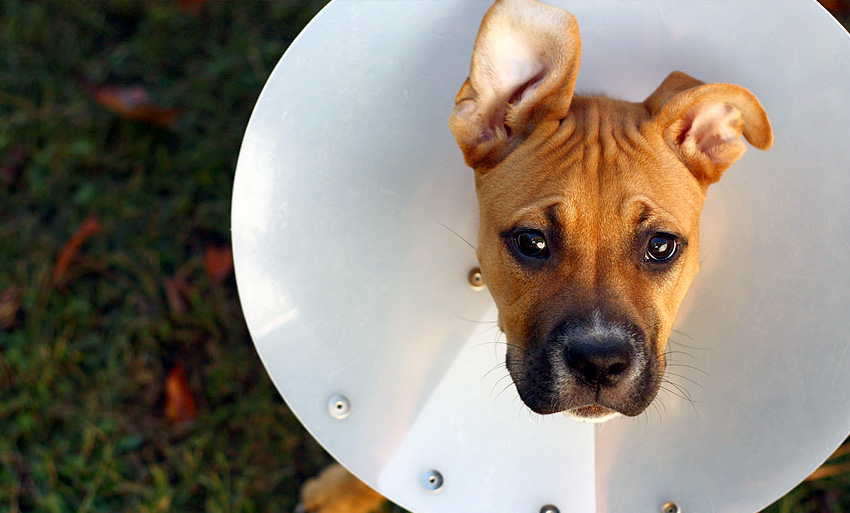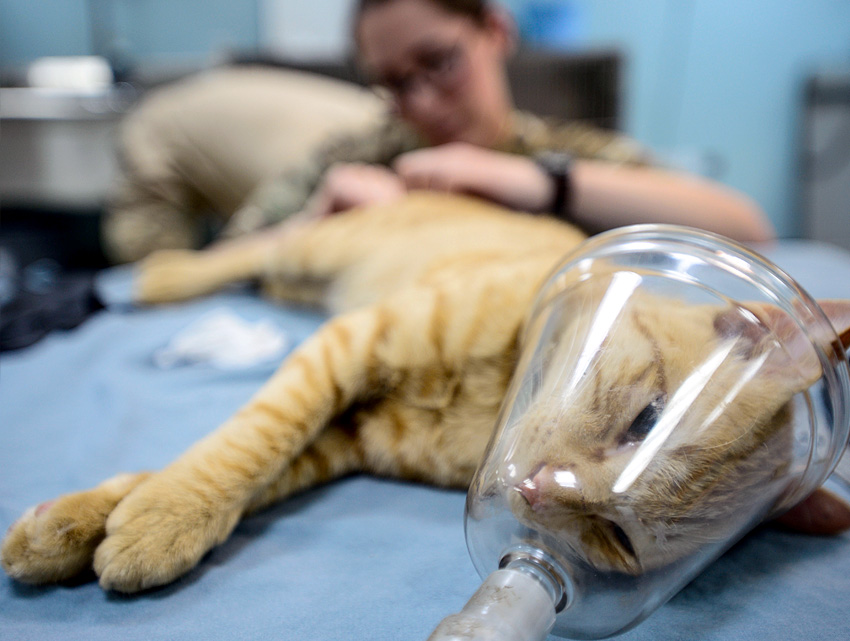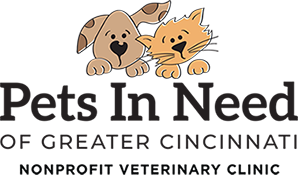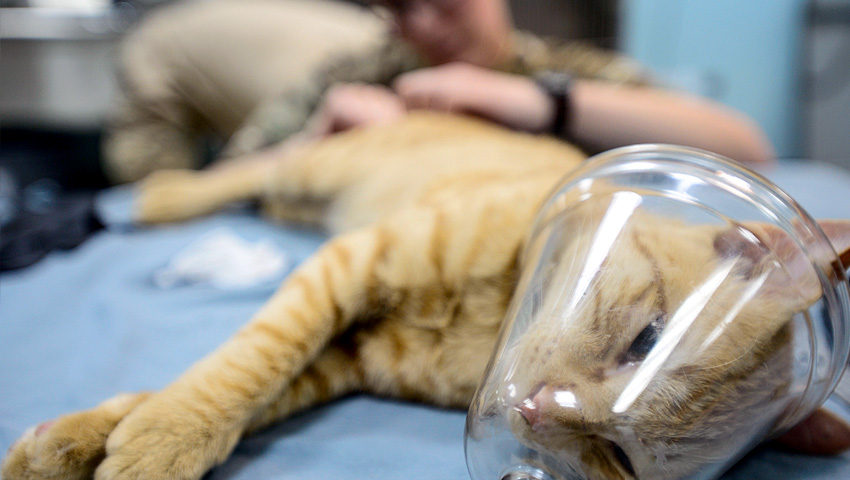Pet Insurance: Can You Afford to Wait?
Understanding Pet Insurance:
Many people are afraid of pet insurance because of the issues associated with human health care, but the systems are very different. In the human managed health care system insurance companies make agreements with networks and the insured person has little to no say. Because of the way human managed care works, insurance companies have a lot of control over which doctors humans can use, what services they can receive, and how much they have to pay. Conversely, in the pet insurance market, pet owners have more control because pet insurance is an individual contract between the pet owner and insurance company. Pet insurance companies can’t tell pet owners what network of veterinarians to use and decisions about the care of a pet remain entirely between the veterinarian and pet owner. All the pet insurance companies do is pay out their portion of care as detailed in the policy or contract.


Why do I need Pet Insurance?
Over the last couple of decades, veterinary medicine has become more sophisticated and technically advanced. While this is good for patients, it’s not always great for pet owners’ wallets. The single biggest reason pets don’t get optimum care or their owners deny care altogether is financial cost. But pet insurance can make that obstacle go away.
Pet insurance is obviously a huge benefit in the case of an unforeseen emergency, but even if a pet never suffers from a costly accident or illness (which is highly unlikely), pet insurance covers a wide variety of additional services. It also provides peace of mind for the pet owner, as well as the veterinarian, who is also deeply saddened when a pet’s life is lost because of financial restrictions. There really is no downside to pet insurance and it provides a huge advantage to pet owners. It helps pet owners pay for treatment, but veterinarians and owners still have total control of what care pets receive. It simply removes the obstacle of finances, ensuring that pet owners will almost always be able to afford optimal care, no matter what the cost.
How Do I Get Pet Insurance?
There is an abundance of pet insurance companies and options. However, the first step to deciding which pet insurance is the right fit is to determine exactly what you want out of an insurance plan – coverage of routine wellness care, coverage of a pre-existing or hereditary condition, etc. Once you’ve established why you’re buying the insurance, talk with your vet about your options. The vet is a neutral party who is not compensated for making a recommendation and has a lot of experience dealing with insurance companies. They also hear feedback from their clients, so they will likely have a good feel for the companies that get good ratings. Next, there’s just no substitute for good research. Shop around, talk to a variety of insurance companies, read the policies to understand what is covered, and make sure to get your questions answered. Important questions include: Are there limitations or caps on what the insurance company will pay out in a year or a lifetime? What’s the co-pay and deductible? Is there a discount for multiple pets? What’s the payout process for a claim? Pet insurance companies typically payout through a reimbursement system, that is the pet owner pays the vet and the insurance company reimburses the pet owner. Only after you’ve done this research should you look at the premium. Human nature is to look at the premium first, but this should be the last step to determining if the plan is the right fit.
Pet insurance can be purchased for as little as $1 per day, but the general cost varies widely depending on what it covers. If it includes pre-existing conditions it will be more expensive. This is one benefit to insuring a pet when they’re young; they often have no pre-existing conditions. Including wellness care will also likely increase costs. However, many pet owners don’t need coverage for wellness care because it’s an anticipated expense that can be factored into the budget. Unanticipated events are where you often run into thousands of dollars for catastrophic illnesses and major medical care. If, for example, a cat has cancer or is hit by a car, it will be sent to a specialty hospital, where it’s not unusual to come out with thousands of dollars in bills. Almost every pet at some point is going to have a major, expensive health issue and if a pet has just one accident, the insurance pays for itself.
Ultimately there is no real downside to pet insurance, so it’s hard to understand why so many pets are still uninsured. Pet owners often don’t think about it until it’s needed, and then it’s too late. Please, don’t wait.

